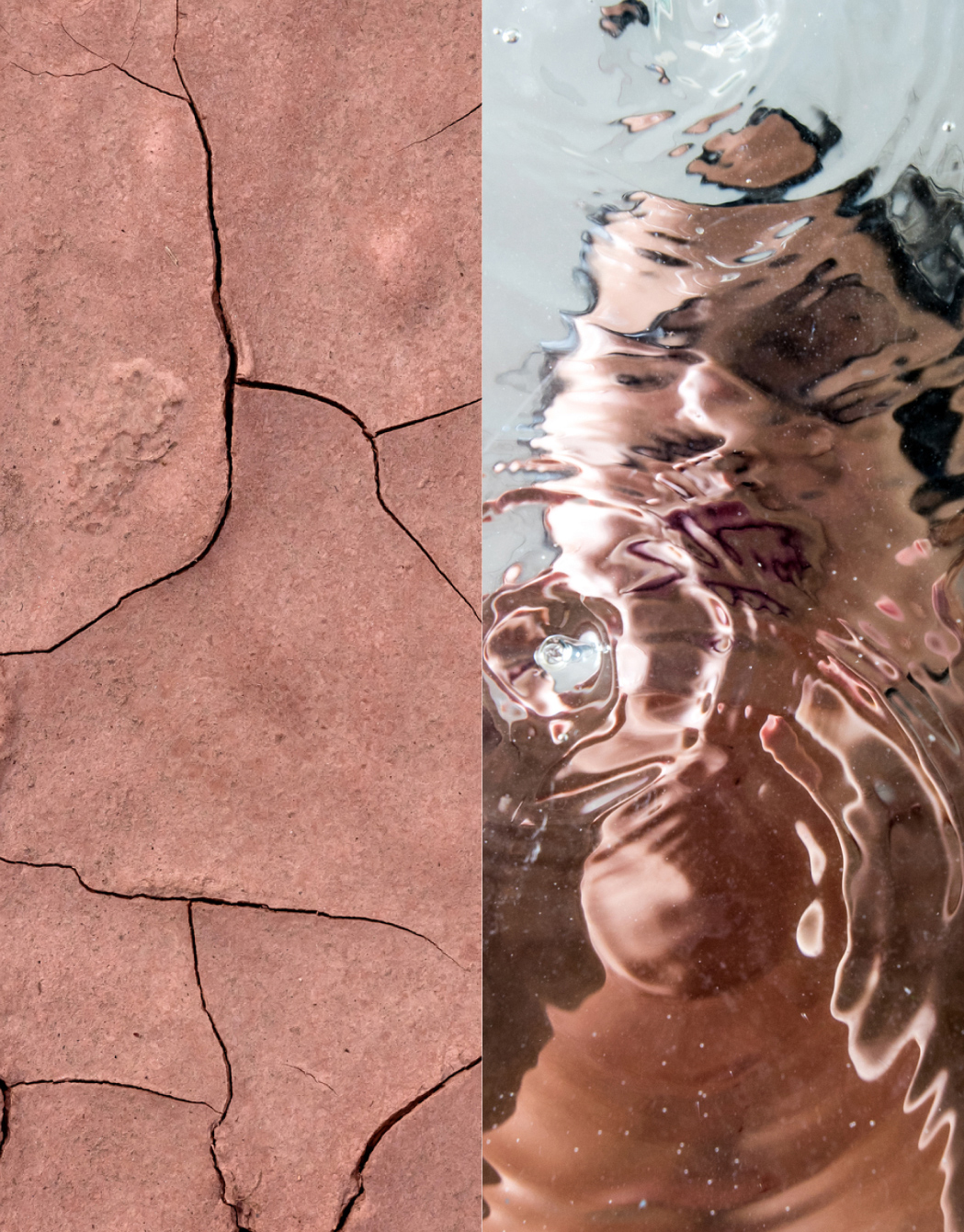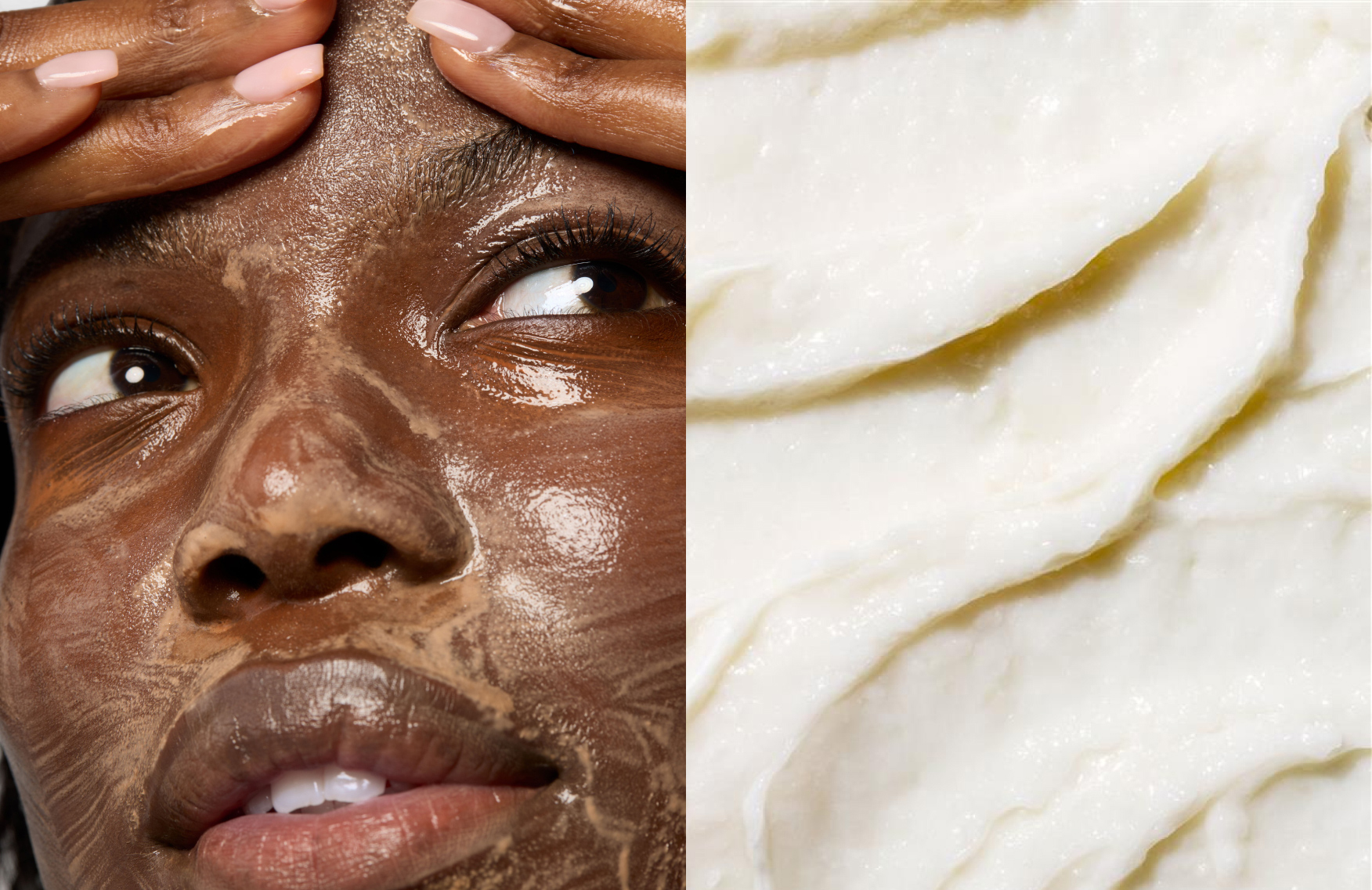Meet prickly pear oil: The “plays well with others” skincare ingredient you need now

Unlocking the power of prickly pear oil: A guide to its skin benefits
The interest in powerful, sustainable, and natural skincare ingredients has climbed to tremendous new heights in recent years, with no small thanks to increasingly advanced research and consumer demand.
Add prickly pear cactus to the list—yes, the tart-but-sweet, edible cactus that’s popular in everything from jelly to margaritas. Deemed a genuine superfood, the fruit’s oil is proving to be a boon for magnifying skin’s radiance.
But how can prickly pear skincare help you reach your skincare routine goals, exactly? Dive in as we explore the leading prickly pear oil benefits and why you may want to weave it into your skincare regimen.
Once only available as a prescription medication, azelaic acid packs a multi-part punch in terms of beautifying and healthifying the skin. Fresh research shows precisely why it was a leading secret in clinical and cosmetic dermatology settings.
Introduction to prickly pear cactus oil
Scientifically known as Opuntia and frequently referred to as barbary fig, prickly pear grows throughout the Mediterranean, Australia, the Caribbean and Mexico. In terms of skincare, its oil is extracted from its seeds, which burst with a bounty of potentially beautifying compounds, including:
- Magnesium
- Vitamin C
- Antioxidants
- Vitamin E
- Essential fatty acid molecules
Benefits of prickly pear oil for skin
Prickly pear oil may not have the same cache as, say, peptides and hyaluronic acid. That, however, may change.
Studies indicate that the benefits of prickly pear seed oil come down to:
Hydration and moisturizing effects
Supple, lustrous skin may be one of the most sought-after qualities we all covet. Yet, a number of both lifestyle choices and life itself can result in a parched complexion (and the dryness, dullness, and tightness that arrive with it), namely:
- Sun damage
- Weather (particularly wind and low humidity)
- Abrasive soaps
- Aggressive scrubbing and exfoliating
- Skin conditions like psoriasis and eczema
- Aging skin
- Medications
Research demonstrates that prickly pear oil is rich in linoleic acid, which acts as a natural moisturizer, repairs the skin barrier, and may substantially improve transepidermal water loss (TEWL). Additionally, prickly pear oil’s impressive amounts of vitamin E can further help skin lock in moisture and combat damage. The result? It may help improve skin elasticity, and make skin plumper and healthier.
Anti-inflammatory and antioxidant properties
Antioxidants and anti-inflammatory compounds are downright powerhouses in the realm of skincare and diet. Both work to protect the skin (and the body as a whole) from oxidative skin damage, such as free radicals caused by UV radiation, stress, and pollutants, which can trigger inflammation, reduce collagen production, and lead to a host of skin issues, including:
- Rough skin
- Hyperpigmentation
- Fine lines and wrinkles
- Blotchiness and an uneven skin tone
Prickly pear may be hugely beneficial, as it brims with what’s known as phenols, or plant-derived antioxidants. Research indicates that phenols may do wonders in terms of helping skin fend off these hazards and repairing skin that has already been damaged. In particular, the oil features vitamin K, a widely known (and wildly powerful) antioxidant that not only assists with wound healing but may diminish dark spots.
Research demonstrates that prickly pear oil has antibacterial properties that can help prevent flare-ups and acne for sensitive skin, and further ward off skin damage.
How to use prickly pear oil in skincare
Prickly pear oil is used in two primary ways: as a carrier oil (mainly for the application of Vitamin A, from which retinoids are derived) and as an unadulterated, undiluted, cold-pressed oil on its own:
- As a carrier oil: Add one teaspoon of prickly pear seed oil to two tablespoons of your selected essential oil, such as lavender oil—a promising anti-inflammatory that may calm dry, itchy skin and minimize blemishes.
- As its own oil: Add a few drops to your hands and rub it onto your clean, dry skin (with a gentle hand, of course). This can be used prior to your favorite moisturizer or added to it.
Prefer a single product that performs double duty? Search for serums and moisturizers that incorporate a blend of skincare essentials such as aloe vera skincare, vitamin C products, ceramide skincare, squalane for skin, azelaic acid benefits, and products with retinol, along with prickly pear seed oil.
References for this information:
Health website, Health benefits of prickly pear
Healthline website, About prickly pear seed oil
International Journal of Molecular Sciences, 2022, volume 23, issue 2
Mayo Clinic website, Diseases & Conditions, Dry skin
Molecules, 2021, volume 26, issue 13
Dermatology Practical & Conceptual, 2021, volume 11
International Journal of Cosmetic Science, 2021
Vitamin K – Recent Topics on the Biology and Chemistry, 2021
Healthline website, Lavender oil for skin


